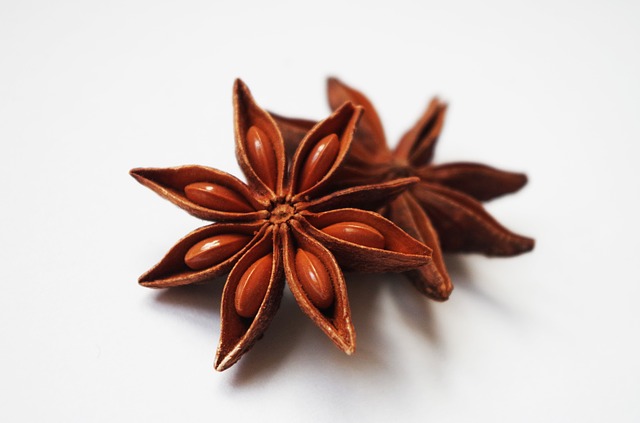Alcohol and drugs have always been a source of inspiration for artists. Their genius was often nurtured by the vice of addiction, but their personalities slowly but surely disintegrated.
In the 19th century, it was primarily absinthe that both inspired and destroyed. Absinthe is a hard green alcoholic beverage made from wormwood, aniseed, and wychweed.
Although its exact origins are unknown, the medicinal use of wormwood was known as early as the 16th century BC in Egypt. It was used as a medicine. Wormwood wine existed in Greece.
Absinthe as a spirit has existed since the 18th century. It was originally used to treat malaria and was a medicinal panacea given to French soldiers.
It became popular in France after soldiers returned from the colonies. Its popularity grew so great that it was even dubbed the 5 p.m. green hour.
In addition to France, it became popular in Switzerland, Spain, the United States, and even the Czech Republic.
However, we associate the drink primarily with France and the poets and impressionist painters who were cursed there.
Among its most famous consumers were writer and playwright Oscar Wilde, poet Paul Verlaine, and painters Toulouse-Lautrec and Vincent van Gogh.
Artists have described the drink\’s effects as different from other alcoholic beverages. They described the drink as liberating to the mind,and it is also said to be “a drink that opens one\’s heart and mind.This is due to the fact that some herbs act as stimulants and others as sedatives, and thus one can perceive a state described as a more sober intoxication.
Green inspiration can also be found in the Czech environment, where it became widespread in the 1880s when it was served in art cafes like the Slavia Café. Painter Viktor Oliva helped popularize it, and in the 1920s the Hills Liquor Factory was established to produce Czech absinthe.
Absinthe was banned for many years. Perhaps that is why it is so popular. It must be said, however, that its psychotropic effects have not been proven. However, even today it is overrated.